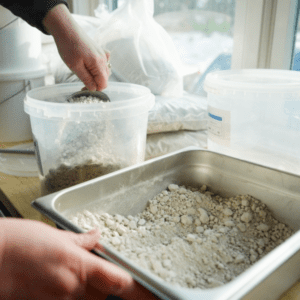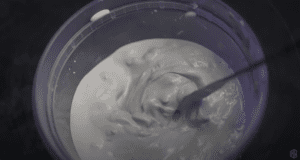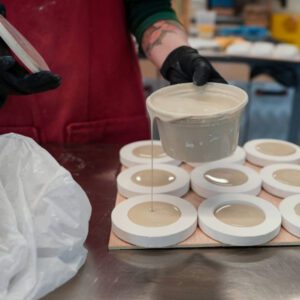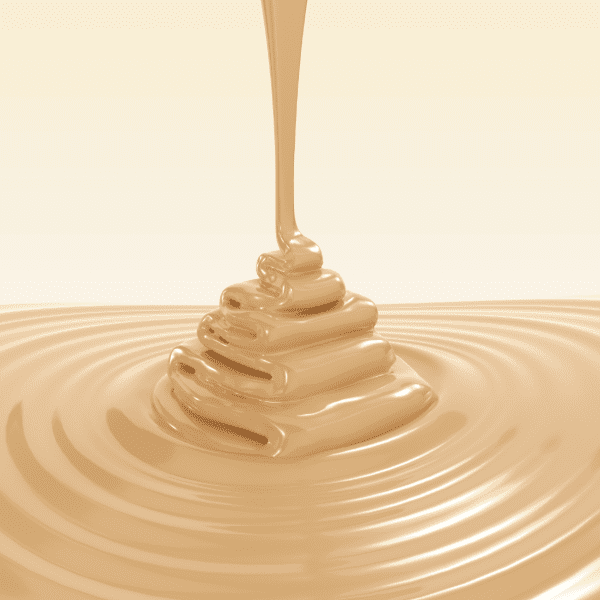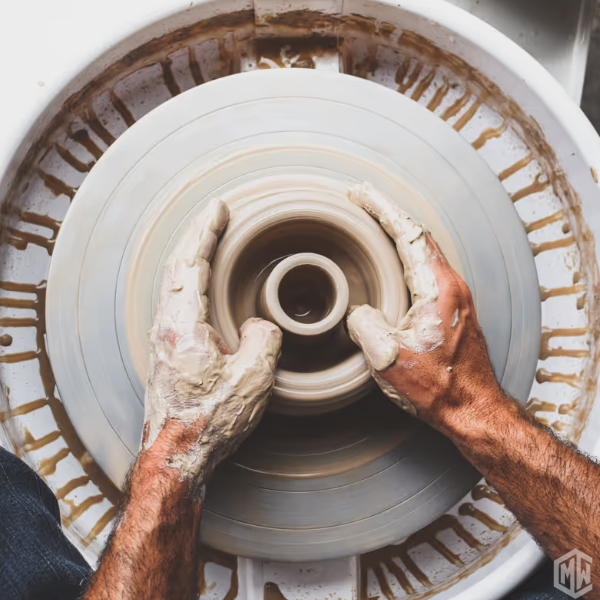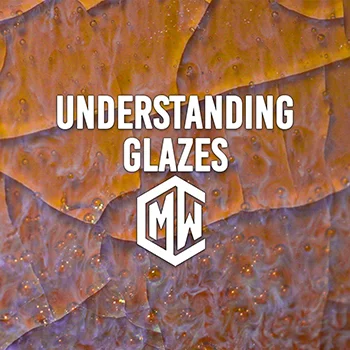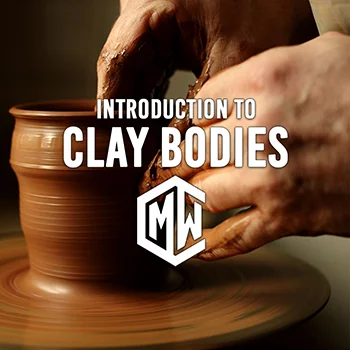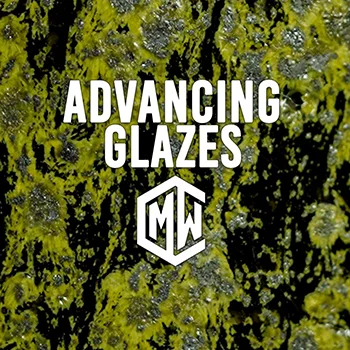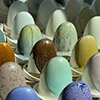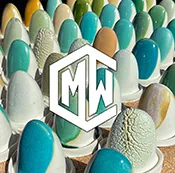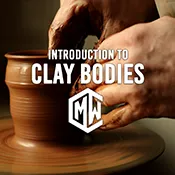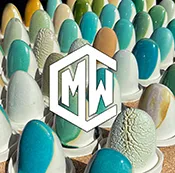Ever wished you could clone your ceramic creations? Well, with slip casting, you practically can! Slip, which is essentially a liquid clay smoothie, is the key to this process. By pouring this creamy concoction into plaster molds, you can create multiples of the same shape with incredible detail. It’s like the ultimate pottery cheat code!
But before you start duplicating your ceramic masterpieces, let’s get a handle on the essentials of slip casting.
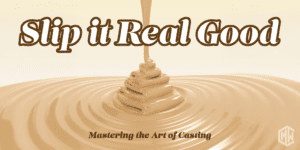
I want to explore more as a beginner: Read CMW’s Beginner Blogs HERE
Casting slip has a different consistency and deflocculant (an ingredient that helps with flow) than regular slip, which is often used for decorating or joining pieces.
Slip casting is a ceramic forming technique, and is widely used in industry and by craft potters to make ceramic forms. This technique is typically used to form complicated shapes like figurative ceramics that would be difficult to be reproduced by hand or other forming techniques.
Can I Use My Recycled Clay Slip as Casting Slip?
You bet your bottom dollar you can! Giving your clay scraps a second life as casting slip is not only eco-friendly but also saves you some dough. However, there are a few things to keep in mind to ensure your recycled slip is up to the task:
- Consistency is Key: Casting slip needs to be the consistency of heavy cream. Too thick, and it won’t flow properly; too thin, and your piece will take forever to dry (and might even collapse!).
- Sieve It Real Good: Get rid of any lumps or impurities by sieving your recycled slip. No one wants a chunky cast!
Sieve – a utensil consisting of a wire or plastic mesh held in a frame, used for straining solids from liquids, for separating coarser from finer particles, or for reducing soft solids to a pulp.
- Test It Out: Before committing to a large batch, make a small test piece(Test Tile) to ensure your slip is the right consistency and dries without cracking. (Buy Test Tiles here!)
Hmmm… This makes me curious how much water a clay body can absorb! Read more in CMW’s blog: Self-Absorbed: Unraveling the Secrets if Clay Body Absorption
What Makes a Good Casting Slip?
Think of casting slip as the Goldilocks of the ceramic world – it needs to be just right. Here’s what to look for:
- Elasticity: A good casting slip has a bit of give, allowing it to flow smoothly into the mold and capture fine details.
- Durability: Your finished piece needs to be strong enough to withstand handling and firing. A durable slip will result in a sturdy final product.
- Smooth Operator: No one likes a lumpy slip! A good casting slip should be smooth and free of air bubbles.
Tips for Slip Casting Success
- Mold Masters: Use a well-made,
absorbent plaster mold. - Pour It Up: Pour the slip steadily into the mold, avoiding air bubbles.
- Timing is Everything: Leave the slip in the mold for the right amount of time – not too long, not too short. Your instructor or mold instructions will provide guidance.
- Release the Kraken! (or, you know, the cast): Carefully remove your piece from the mold once it’s firm enough to handle.
Casting Slip FAQs
“Can I add color to my slip?” Absolutely! You can add ceramic stains or oxides to create colored slip.
“What’s the difference between casting slip and regular slip?” Casting slip is specifically formulated for… well, casting! It has a different consistency and deflocculant (an ingredient that helps with flow) than regular slip, which is often used for decorating or joining pieces.
“My cast piece cracked! What went wrong?” Several factors can cause cracking, including uneven drying, improper slip consistency, or issues with the mold.
Remember: Practice makes perfect! Don’t get discouraged if your first few attempts aren’t flawless. Keep experimenting, and soon you’ll be casting like a pro!
Think you’re ready?
Watch this sample lecture – Introduction to Clay Bodies
Introduction to Clay Bodies Online is our clay focused on the science behind clay bodies. No more myths and legends about how clay bodies work, only facts and science. The course provides information and science to help everyone utilize clay bodies in ways that will help them take control of their materials and make their studios the best they can be.
I want to explore more as a beginner: Read CMW’s Beginner Blogs HERE
Ready to dive deeper?
Loved learning about ceramic glazes? Want to go even deeper? Check out our Workshops & Courses, now available in Spanish, or YouTube Channel where Matt breaks it all down, myth-busting and Stull chart included!

